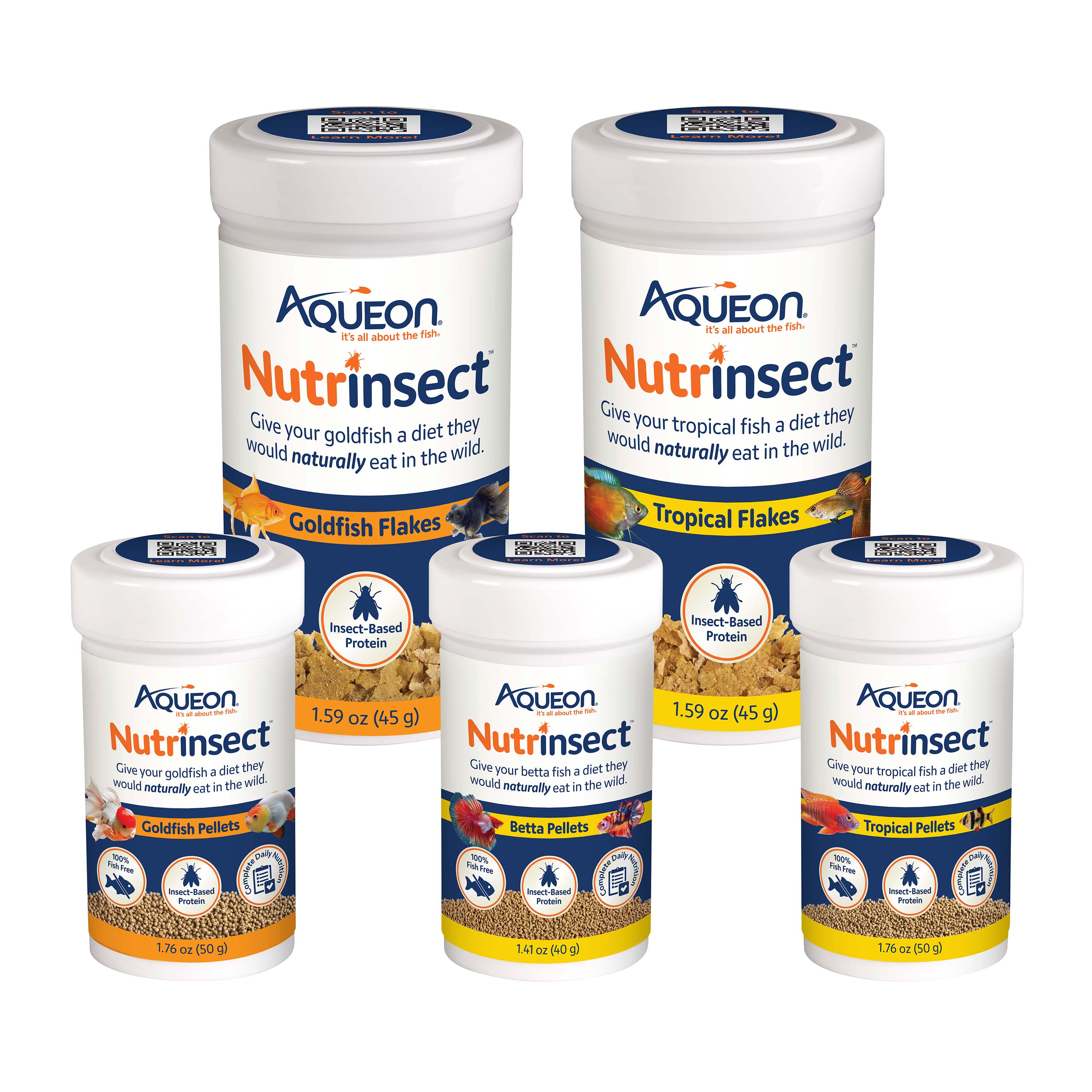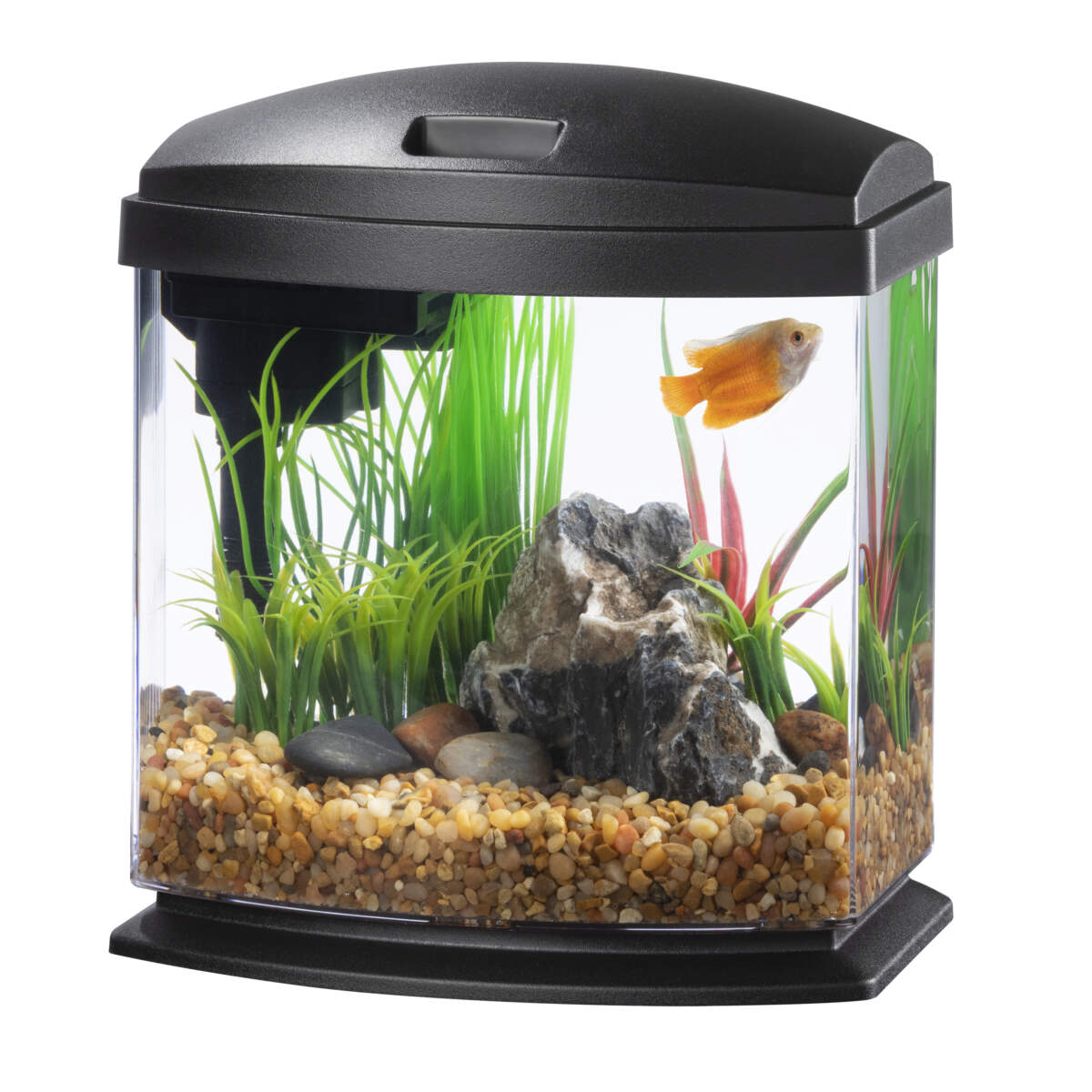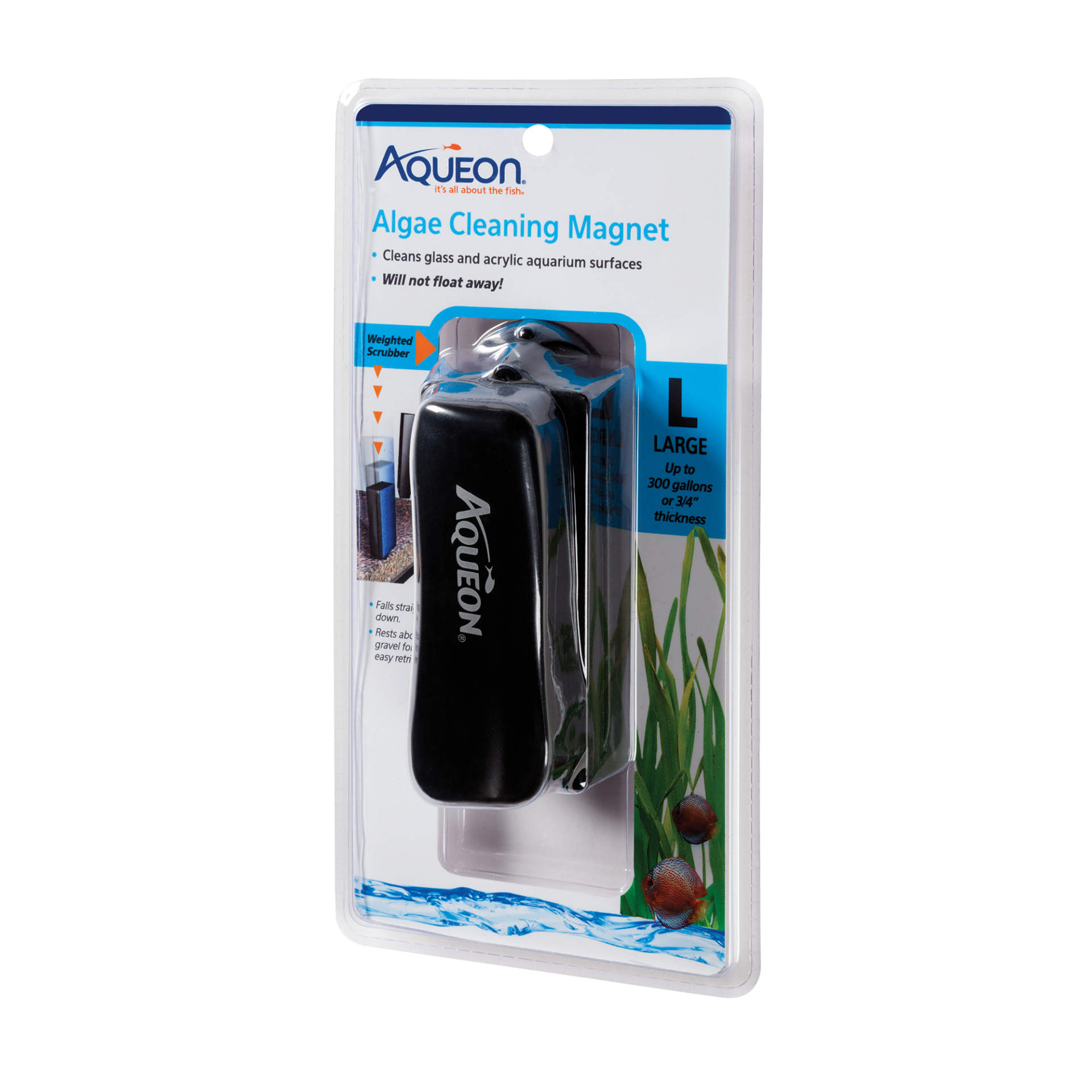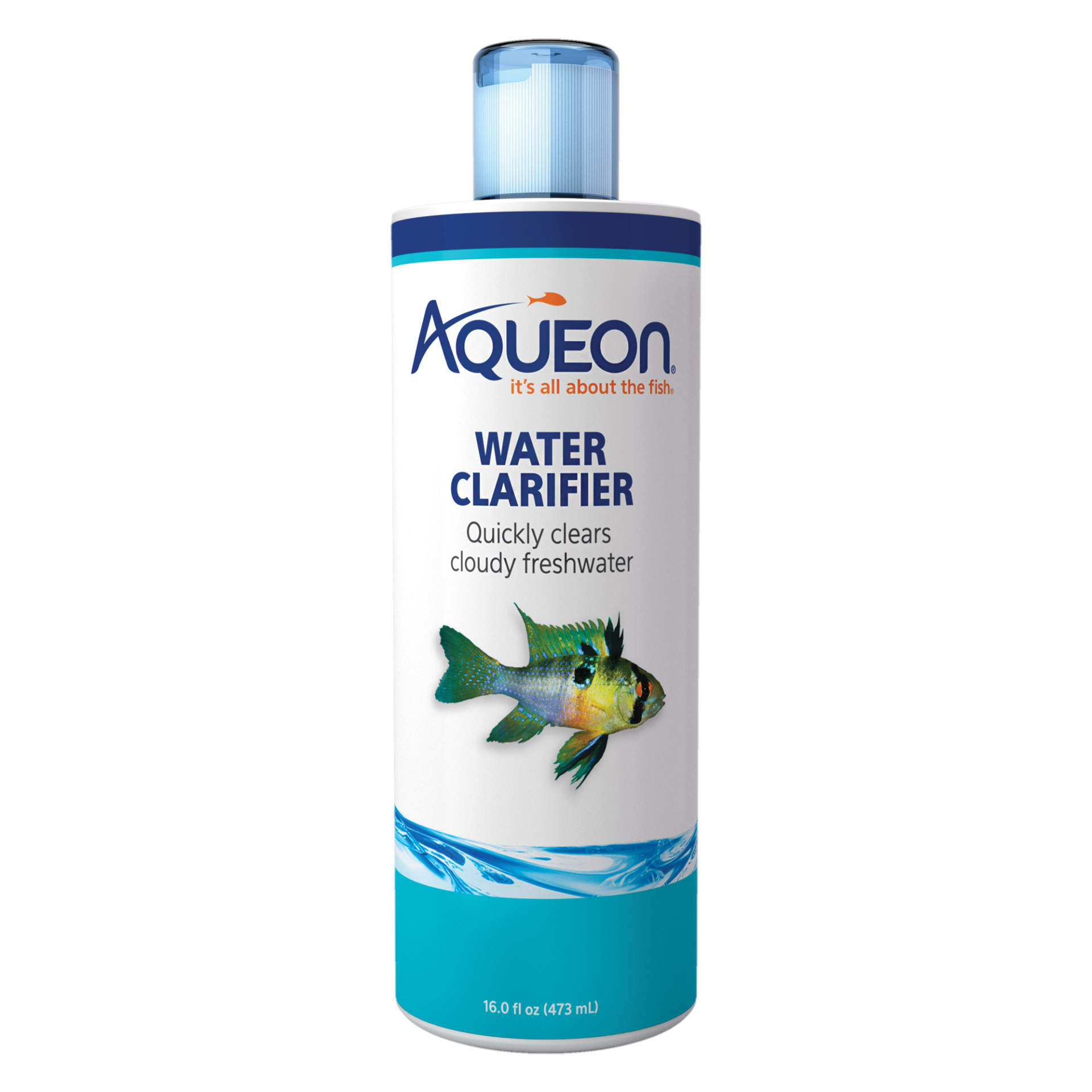Why Is the Nitrogen Cycle Important for a Healthy Fish Tank?
Whether setting up your first aquarium or adding another to the collection, one item on your maintenance to-do list should be checking the water quality of your fish tank. And an important component of maintaining your aquatic ecosystem is monitoring the nitrogen cycle.

In this blog, we'll discuss what you need to know about this water chemistry reaction, how the nitrogen cycle affects aquarium fish, and how to maintain better water balance to help keep your finned pets happy and healthy.
What Is the Nitrogen Cycle?
In the simplest terms, the nitrogen cycle is the process of turning ammonia from fish waste, uneaten fish foods, or decomposing organic matter (such as plants or dead fish) into nitrite, then nitrate, and finally nitrogen gas.
The nitrogen cycle is a completely natural occurrence in an enclosed ecosystem, such as an aquarium. If you're setting up a new aquarium and notice cloudy water, you might see this cycle in action. You can use aquarium water testing strips to better understand your water chemistry, including levels of ammonia, nitrites, and nitrates.
The Nitrogen Cycle and Fish Health
So, how does the nitrogen cycle affect the fish in your aquarium? If the ammonia or nitrite levels get too high, the water may become toxic, making your pet fish ill or die. Yikes!
As nitrites break down in the water, nitrate forms. This naturally occurring chemical can be safely absorbed by aquarium plants or be whisked away through water changes. Nitrates are safe for freshwater fish unless they are present in high concentrations. That's why we have to keep an eye on managing them!
In the last phase of the cycle, anaerobic beneficial bacteria in aquarium water transform nitrates into nitrogen gas. (Tip: You can use Aqueon PURE aquarium water supplements to add live beneficial bacteria and enzymes to your tank water.) Then, an aerator in your filter system or an external bubbler moves nitrogen gas to the water surface, where it can safely dissipate into the air — away from your fishy pets.
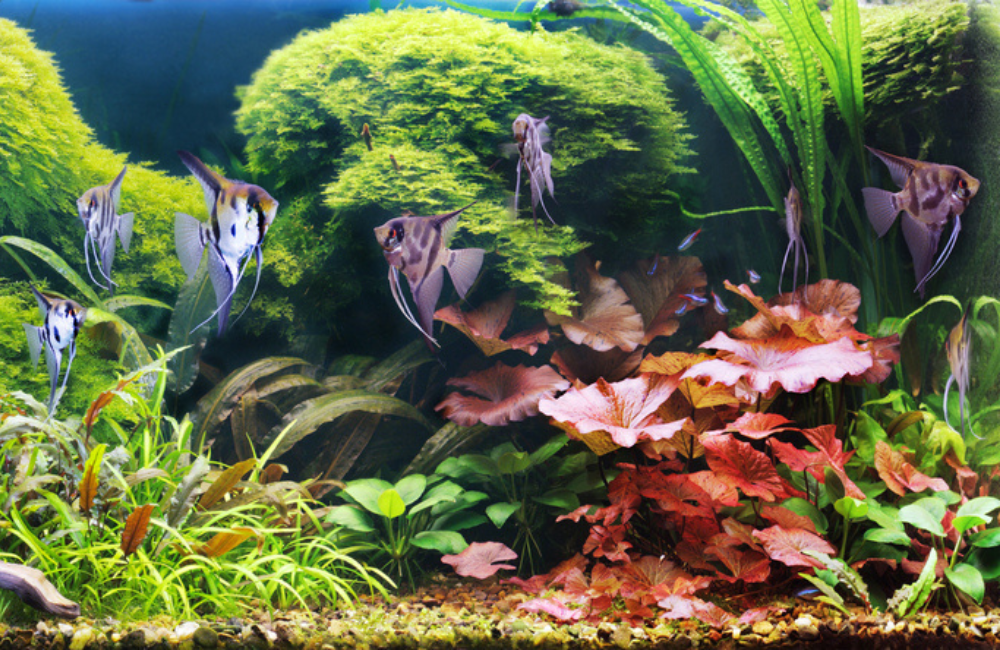
Managing The Nitrogen in Your Aquarium
Regular, partial aquarium water changes are essential to keep your water balanced (meaning ammonia, nitrite, and nitrate levels stay low). We recommend replacing about 25% of the tank's water once a month. Use a gravel vac to remove water and unwanted debris trapped in the aquarium substrate.
When it's time to add water back to the tank, improve water quality using an ammonia neutralizer additive in tap water. This reduces the build-up of ammonia and neutralizes chlorine and chloramines that water treatment facilities add to their water systems.
In addition to routine water changes, you can also manage the level of ammonia and nitrites in the aquarium by regularly checking the system's filters. Check to see if you need to add more media to a filter, change out a disposable filter pad, or scrub a reusable filter to remove a build-up of algae and debris.
Maintaining the nitrogen cycle in your fish tank is important for the health of your fish. Routine water changes and regularly checking your system's filters can help keep the water in your tank balanced.
Learn more about managing the quality of your aquarium water in "Freshwater Aquarium Water Quality: The Nitrogen Cycle & Optimal Water Chemistry."

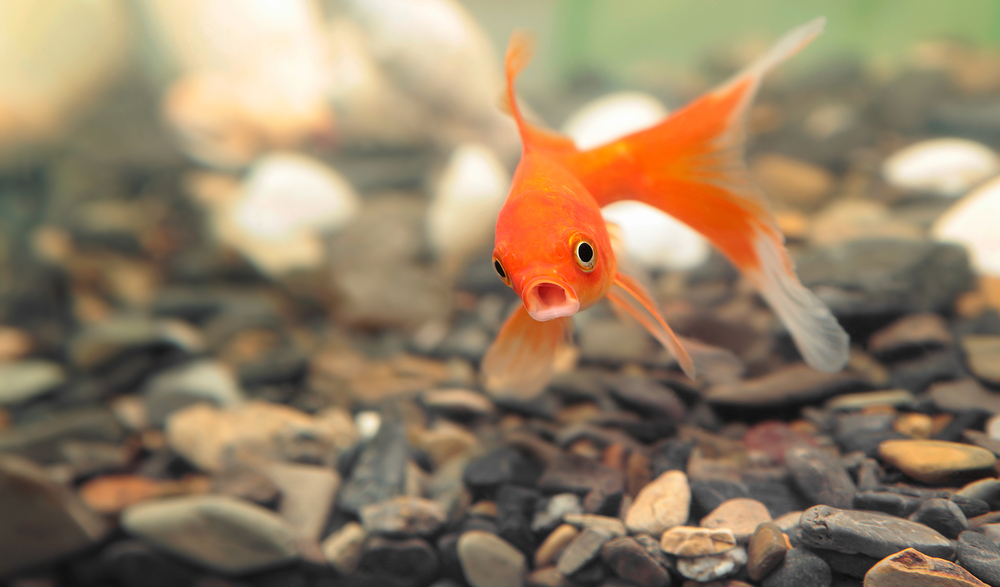
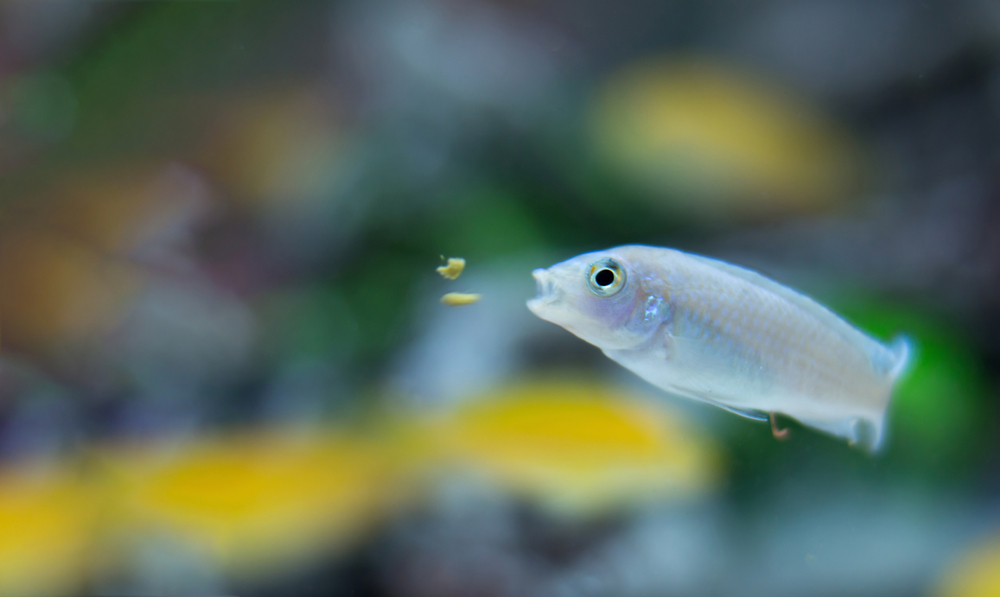
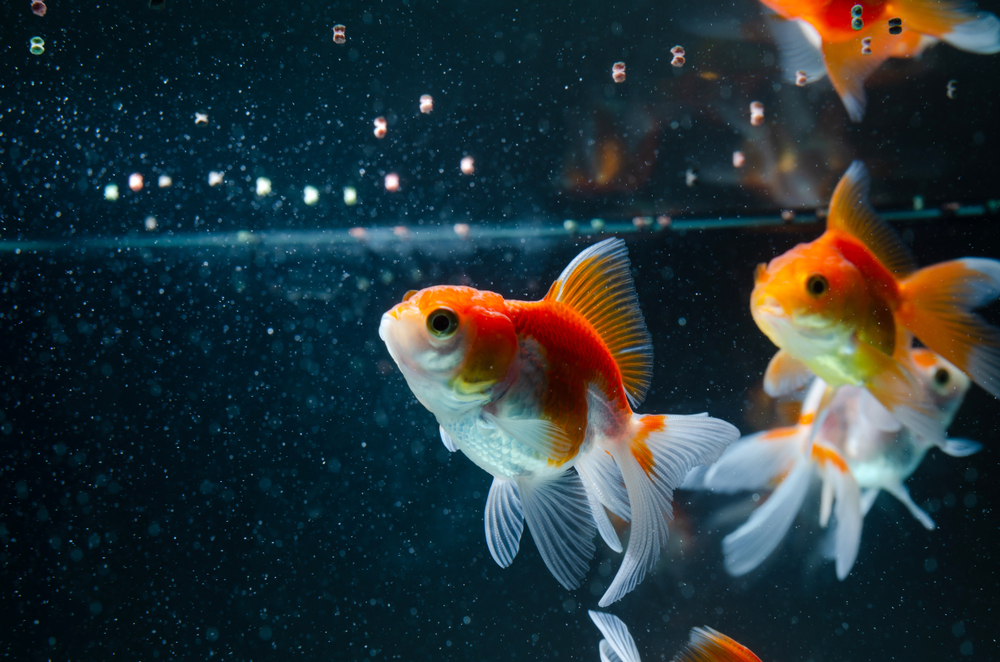
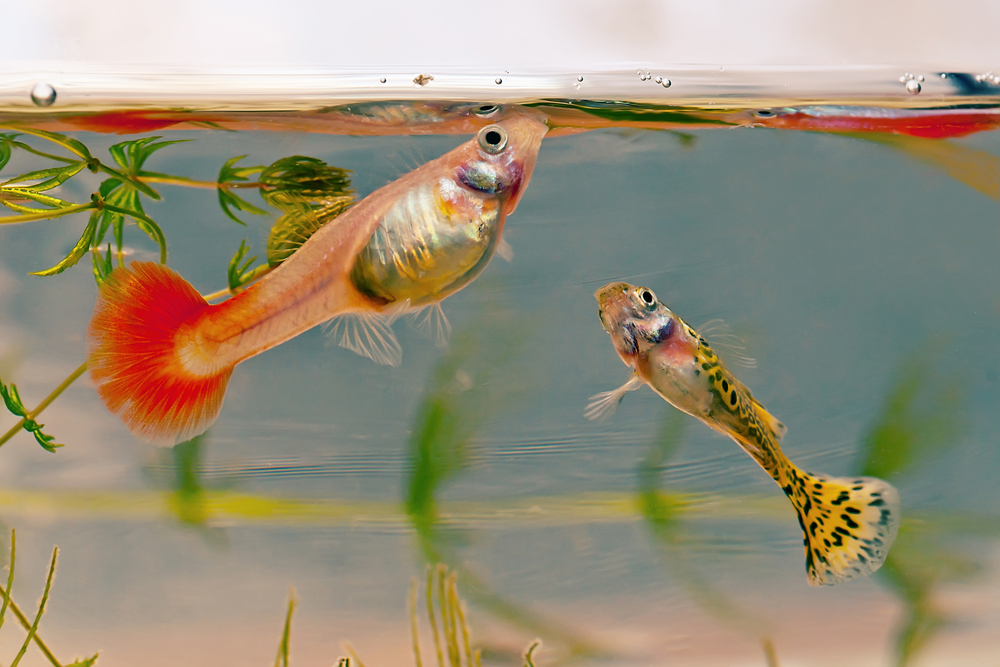


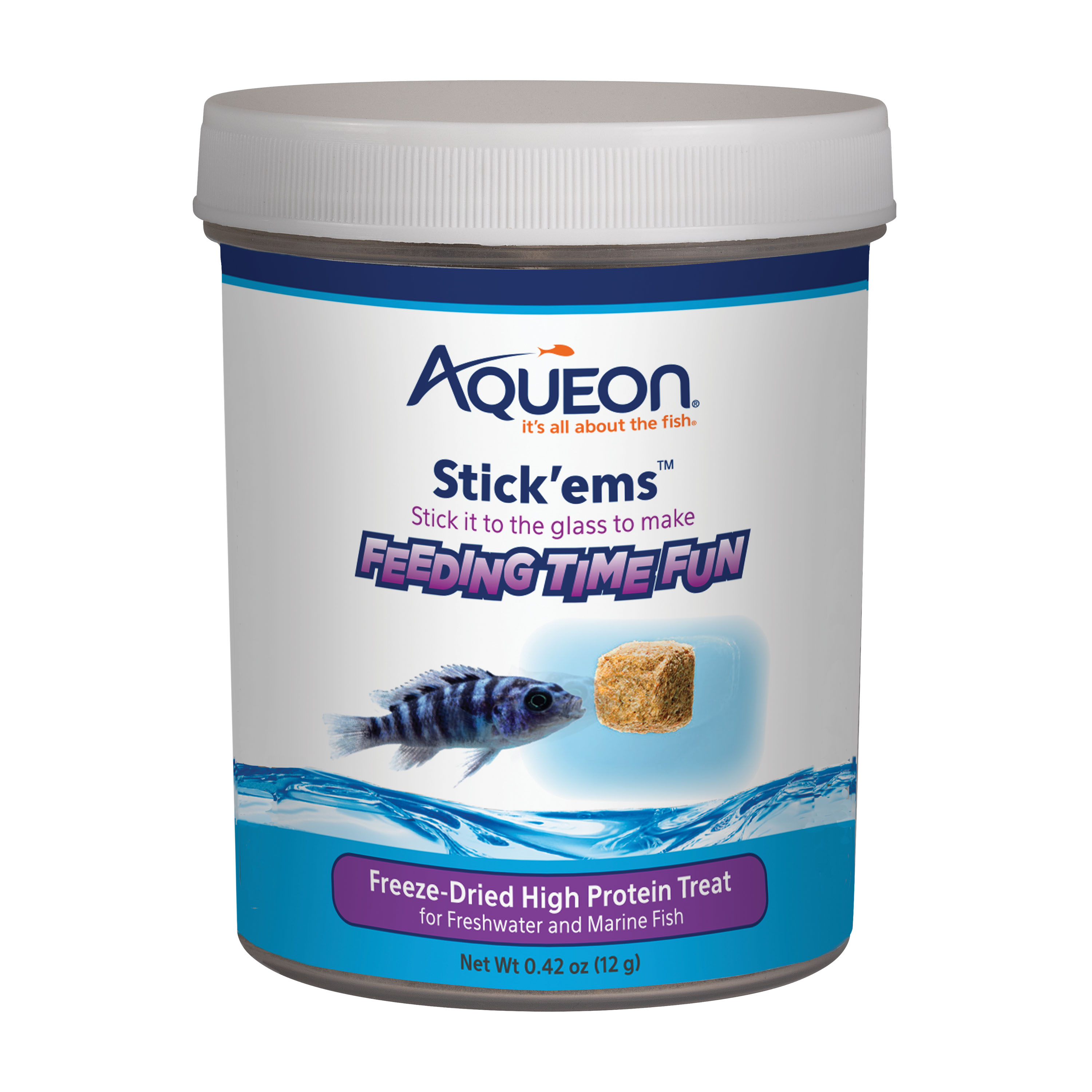
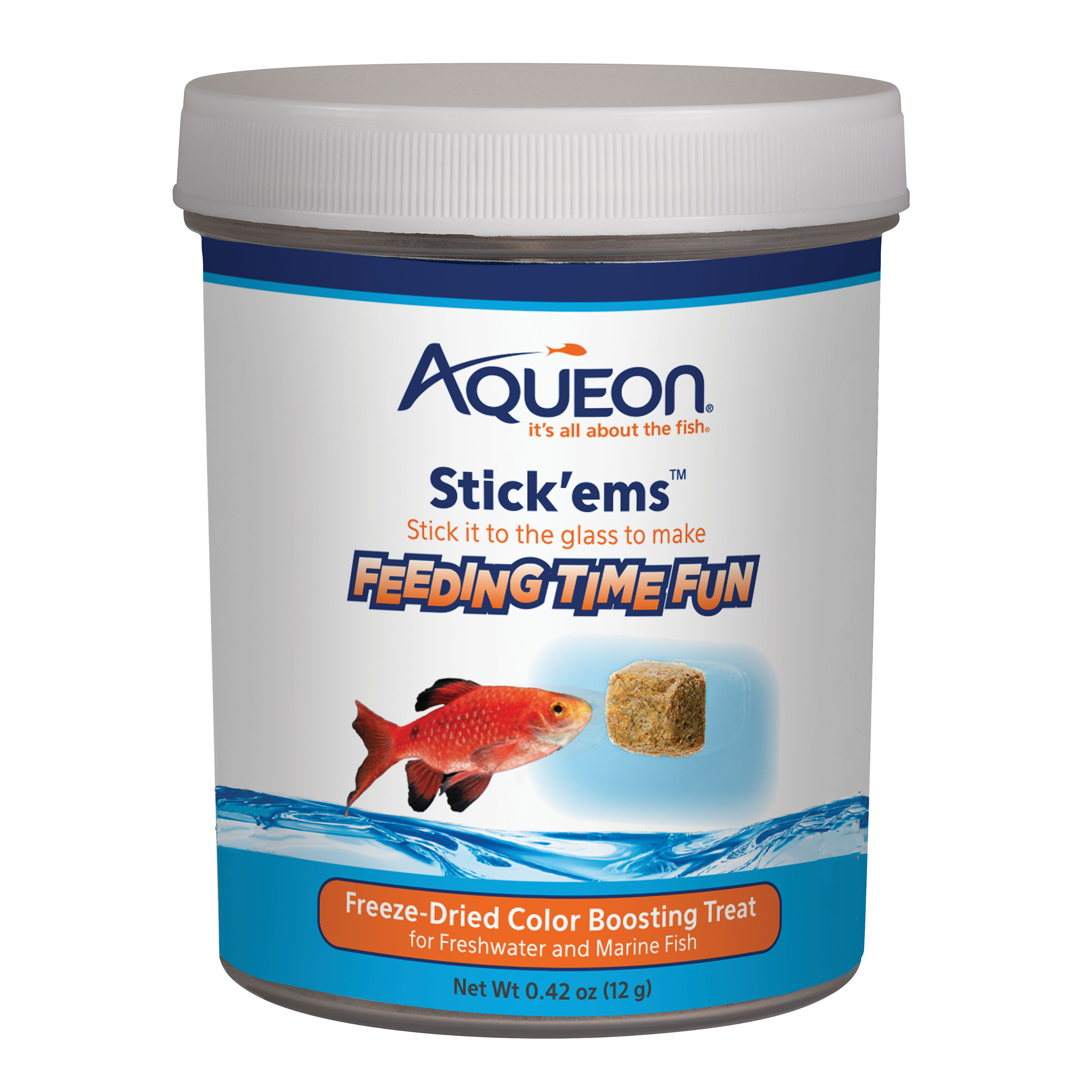
.jpg?h=3000&iar=0&w=3000&hash=4E1F350014AFB7B6C920852ED4EB264C)
